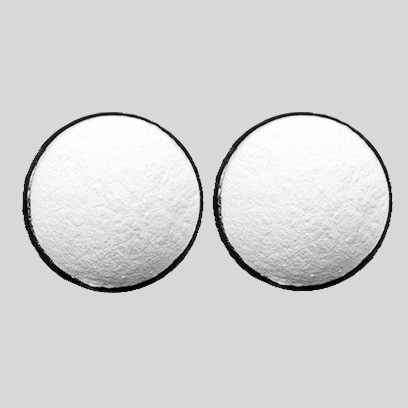
Dec . 29, 2024 17:10 Back to list
Water Solubility of Barium Sulfate and Its Implications in Various Applications
Barium Sulfate Solubility in Water and its Implications
Barium sulfate (BaSO4) is a white crystalline solid that is known for its high density and low solubility in water. Understanding its solubility characteristics is essential across various fields, including chemistry, medicine, and environmental science. In this article, we will explore the solubility of barium sulfate in water, its chemical properties, applications, and the implications of its limited solubility.
Barium sulfate is formed when barium ions (Ba²⁺) react with sulfate ions (SO4²⁻). The resultant compound is largely insoluble in water, with a solubility product constant (Ksp) that reflects its very low concentration in aqueous solutions. At room temperature, the solubility of barium sulfate is approximately 0.000244 grams per 100 grams of water, which translates to roughly 0.0001 moles per liter. This characteristic is vital for its applications, particularly in the medical field.
One of the most significant uses of barium sulfate is in medical imaging, specifically in radiographic studies of the gastrointestinal tract. When ingested or administered as a contrast agent, barium sulfate is used to enhance the contrast of imaging studies, allowing for clearer visualization of the stomach and intestines. Because barium sulfate is not absorbed by the body, it safely passes through the digestive system, which further emphasizes the importance of its low solubility. The insolubility ensures that it does not release barium ions into the bloodstream, thereby preventing toxicity.
barium sulfate soluble in water

In addition to its medical applications, barium sulfate is also used in various industrial processes. It is added to paints, coatings, and plastics as a filler due to its high density and white color. The chemical's low solubility in water is advantageous in preventing leaching and maintaining the integrity of the product in water-based applications. Furthermore, its reflective properties make it desirable in formulations for improving opacity and brightness.
Despite its useful applications, the low solubility of barium sulfate poses environmental considerations. When used in industrial processes, barium sulfate must be disposed of properly to prevent contamination of water bodies. Barium compounds can be toxic to aquatic life, and thus, understanding their behavior in water is crucial for environmental protection. Regulatory measures often tiptoe between leveraging the benefits of barium sulfate in various applications while managing the risks associated with barium compounds that may inadvertently enter water systems through industrial waste.
In conclusion, the low solubility of barium sulfate in water plays a critical role in its applications across medicine and industry. Its characteristics allow for safe use in medical imaging, where it aids in diagnostics while remaining inert in the body. Additionally, in industrial applications, barium sulfate serves as a valuable filler and pigment. However, the implications of its solubility must not be overlooked; responsible management is essential to prevent environmental contamination. Continuous research and monitoring are necessary to harness the benefits of barium sulfate while safeguarding ecosystems and public health.
-
What is Barium Sulfate Board? Uses, Benefits & Industry Insights
NewsNov.25,2025
-
Essential Guide to Calcium Powder Quotes – Pricing, Quality & Global Insights
NewsNov.24,2025
-
Reliable Anatase TiO2 Pigment Quotes for Sustainable Industry Use | CQ Titanium Dioxide
NewsNov.24,2025
-
Understanding Lithopone B311 Powder Quotes – Market Insights & Applications
NewsNov.23,2025
-
Reliable 30-50nm TiO2 Powders Quotes for Advanced Industrial Use | CQTitanium
NewsNov.23,2025
-
Comprehensive Guide on Lithopone Red Pigments Quotes | Industry Insights & Pricing
NewsNov.22,2025
